1. The Original Space Needle (Seattle, WA)
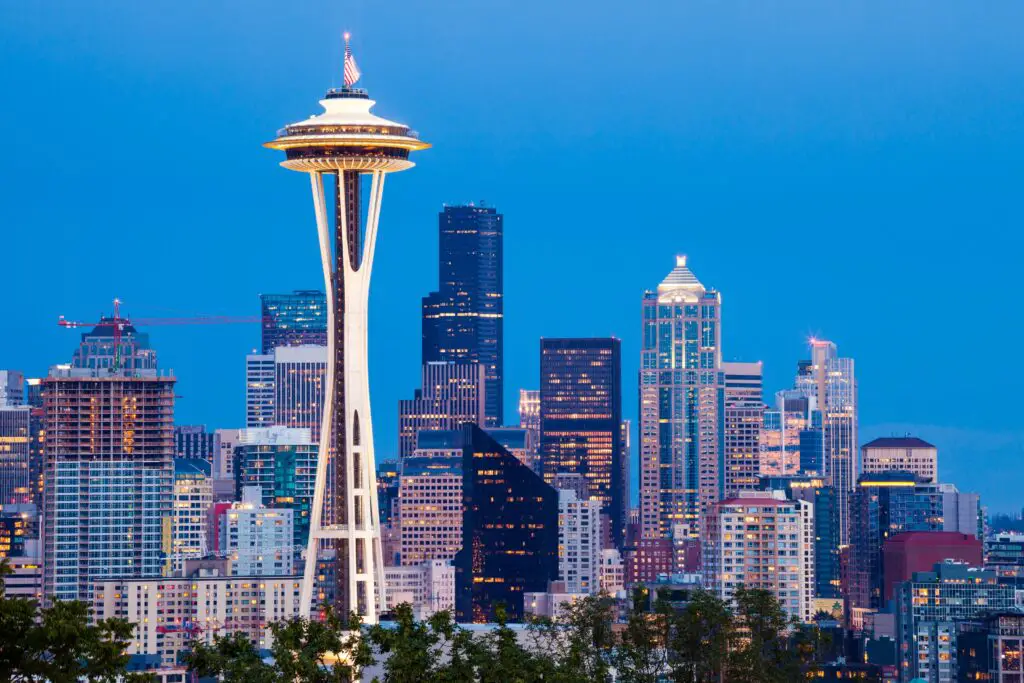
Before Seattle’s iconic Space Needle became the city’s centerpiece, there was an earlier version that saw its share of crowds. Built for the 1962 World’s Fair, it quickly became one of the most popular attractions, attracting visitors from around the globe. With its impressive height and futuristic design, it offered breathtaking views of the city and beyond. For decades, it was the epitome of cutting-edge technology and entertainment.
However, the original Space Needle struggled to maintain its charm in the face of new developments. As the city expanded and modernized, the once-iconic structure was eclipsed by newer attractions. Visitors now flock to its updated counterpart, which remains a towering symbol of Seattle’s skyline, leaving the memory of the first version to fade into history.
2. The Wonder House (San Jose, CA)
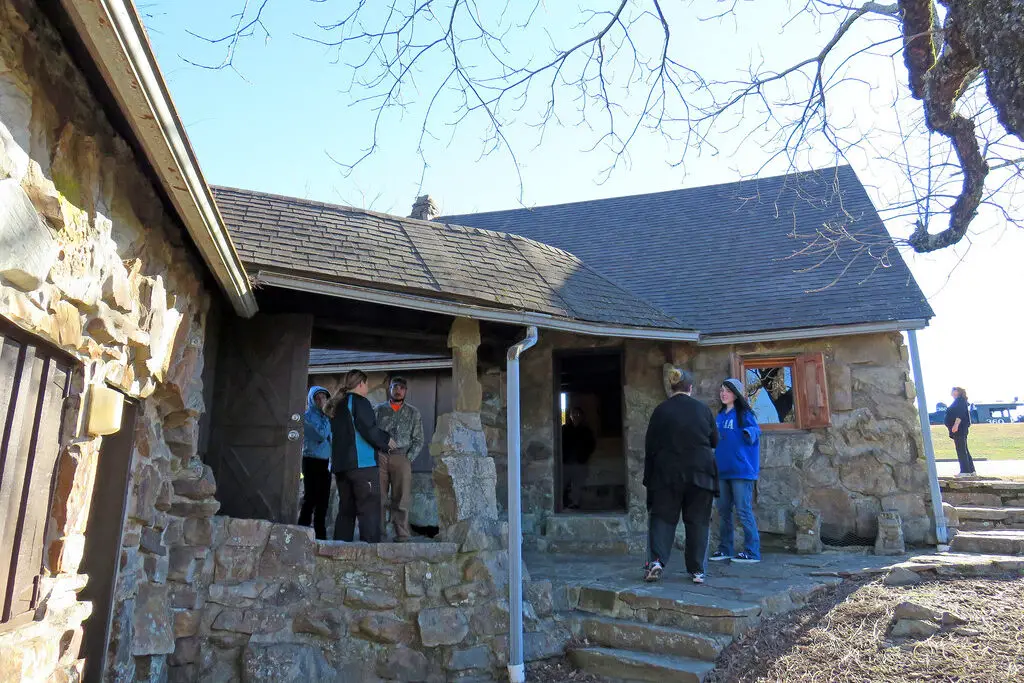
Once a bustling tourist spot in the 1920s, the Wonder House was known for its eccentric design and bizarre features. Created by real estate mogul Peter P. Johnson, it became a local legend for its warped windows and maze-like structure. The house, with its oddities, captivated visitors, who marveled at its strange, whimsical appeal. People came from miles around to see the architectural masterpiece that seemed to defy logic and reason.
Sadly, the Wonder House’s fame faded as time went on. As it fell into disrepair, the once-lively tourist attraction became too dangerous for visitors. Today, all that remains are the forgotten stories of the bizarre house that drew thousands of people seeking something truly out of the ordinary.
3. The Lost River Cave (Bowling Green, KY)
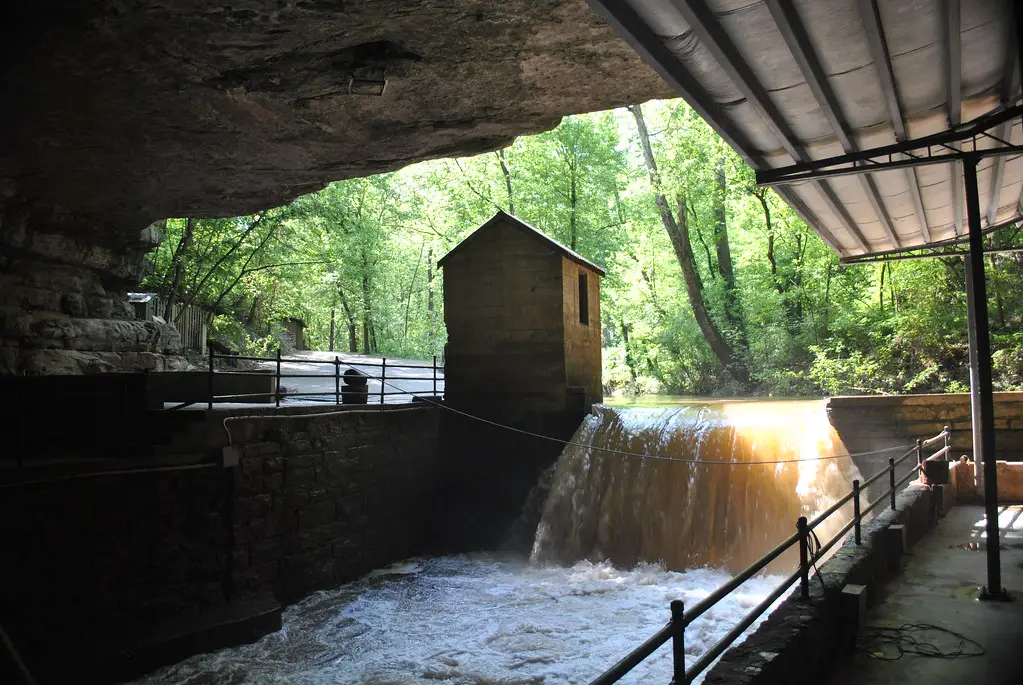
The Lost River Cave was once one of Kentucky’s premier tourist destinations. Visitors could take boat tours through the cave’s underground passageways, experiencing the cool, mysterious depths of the river below. The cave’s unique blend of natural beauty and history made it a must-see for travelers in the early 20th century. Stories circulated about the hidden treasures within, adding to the allure of this underground wonder.
Over the years, however, the cave’s popularity waned, with changing interests and the growth of modern tourism shifting attention elsewhere. Now, much of the cave has been neglected, leaving its once-bustling tourist center to fade from memory. While still accessible, it no longer holds the same magnetic pull it once did.
4. The Big Rock Candy Mountain (Utah)
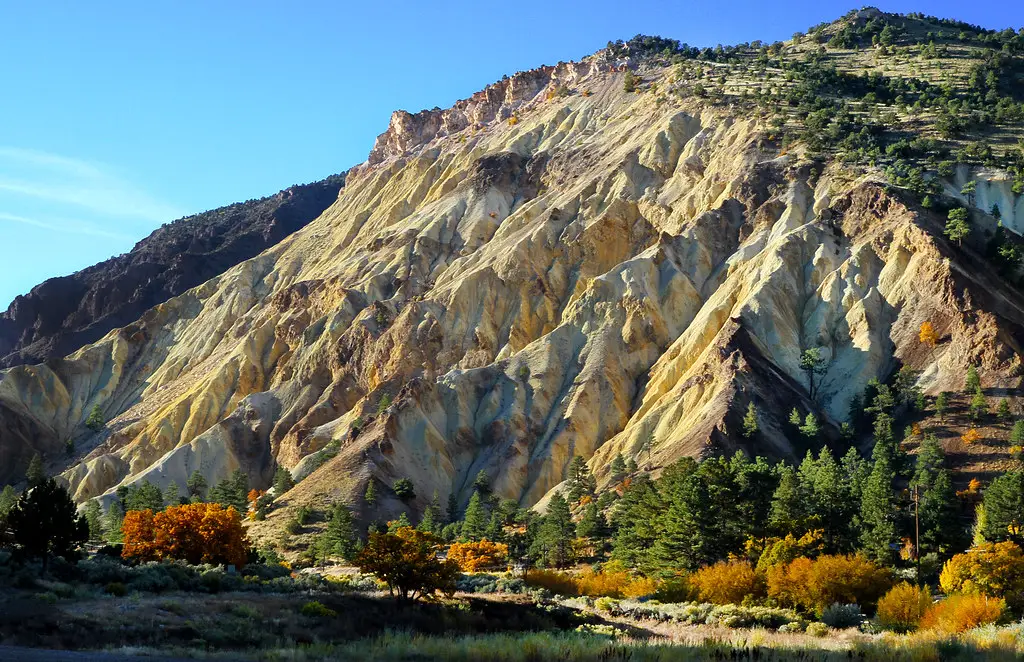
Once a popular roadside attraction, the Big Rock Candy Mountain in Utah was a colorful, dreamlike creation that intrigued tourists. Built in the 1950s, it was a playful tribute to the famous song “Big Rock Candy Mountain.” The mountain was painted in a rainbow of bright colors, turning it into an eye-catching landmark on the highway. It became a popular stop for families driving across the state, eager to snap a picture with the vibrant spectacle.
Unfortunately, over the years, the site deteriorated, and its once-bold colors faded into the backdrop of Utah’s expansive desert. Now, the Big Rock Candy Mountain is largely forgotten, a casualty of time and changing tastes in tourism. The painted mountain is no longer a shining beacon for travelers, but a memory of an era when quirky roadside attractions ruled.
5. The Enchanted Forest (Salem, OR)
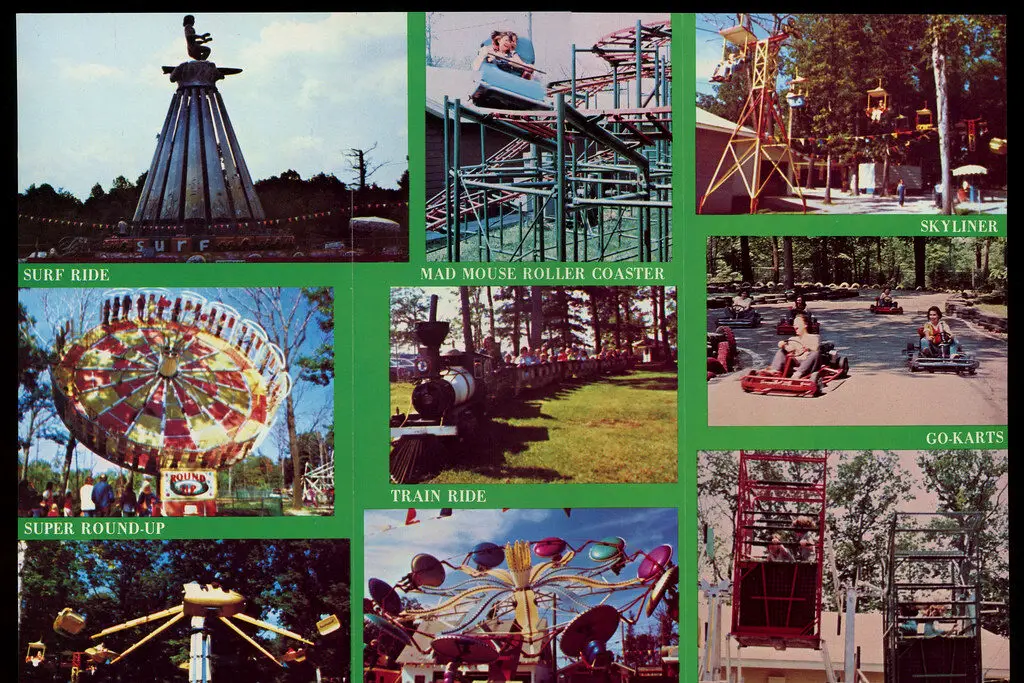
The Enchanted Forest in Salem, Oregon, was a magical place that captured the imagination of children and adults alike in the 1970s. With its fairytale-inspired theme, the forest featured whimsical characters, interactive displays, and towering trees that seemed to reach the sky. Visitors could wander through this enchanted realm, where every corner revealed a new fairy-tale world. For years, it was a staple of family vacations in the Pacific Northwest.
However, as newer theme parks opened and interests shifted, the Enchanted Forest began to lose its appeal. The park’s fading popularity eventually led to its closure, and what was once a bustling fantasy land became little more than a forgotten relic. While some remnants of its magical past still stand, they no longer draw the crowds that once marveled at its charm.
6. The Queen Mary (Long Beach, CA)
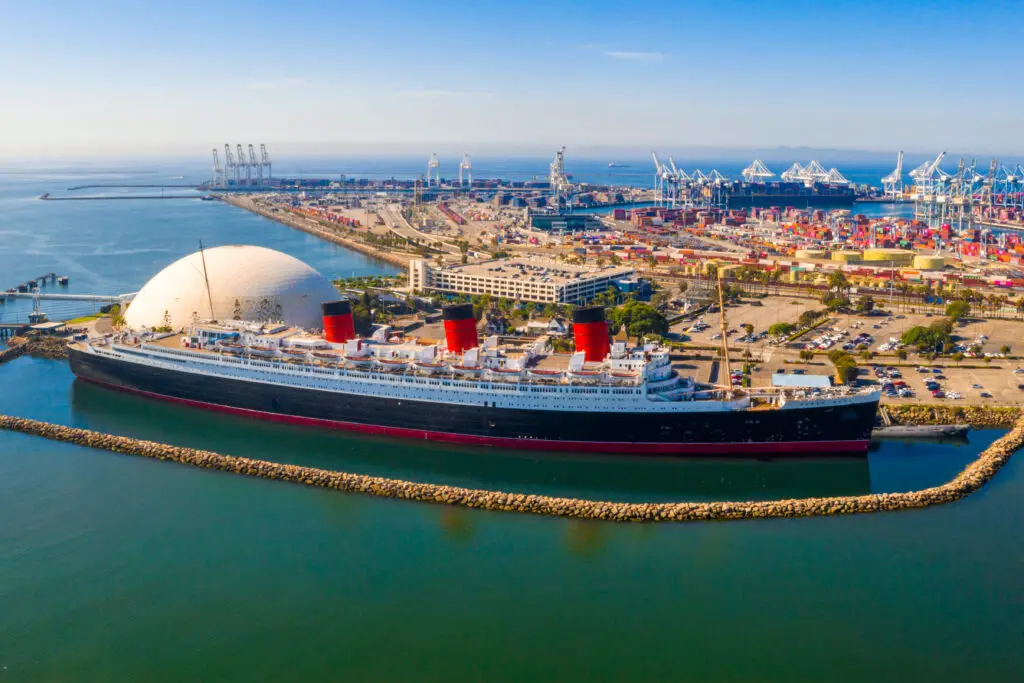
The Queen Mary, now docked in Long Beach, California, was once one of the most popular attractions for ocean-liner enthusiasts. After its days as a luxury liner during World War II, it became a permanent tourist destination in the 1960s, drawing visitors from all over to see its grand interiors and storied history. People boarded the ship to experience its iconic design and learn about its role in history.
As newer, flashier tourist spots rose in prominence, the Queen Mary began to lose its luster. Though it still attracts some visitors, its heyday as a major tourist attraction has long since passed. The ship remains docked, a shadow of its former self, with many of its once-thriving amenities now closed off or abandoned.
7. The Hollywood Wax Museum (Hollywood, CA)
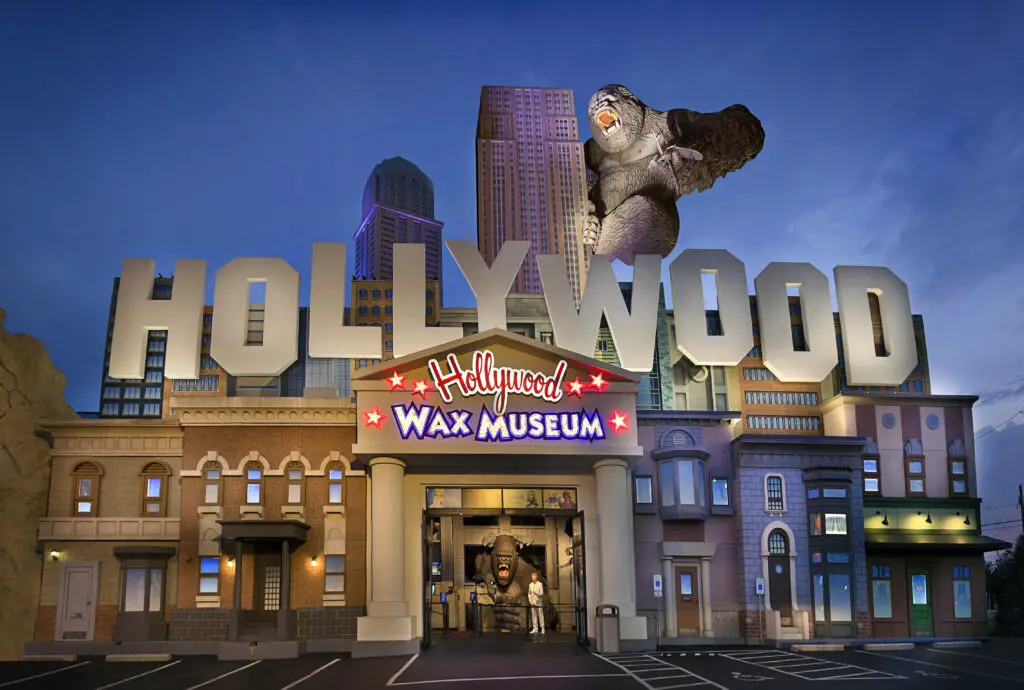
In its prime, the Hollywood Wax Museum in California was a must-see for anyone visiting the entertainment capital of the world. Visitors came from near and far to see lifelike representations of their favorite stars. The museum was filled with detailed wax figures that captured the glamour of Hollywood, offering tourists the chance to get up close with A-list celebrities – or at least their replicas.
However, as new, more immersive attractions emerged in Hollywood, the museum’s appeal waned. While it remains open today, the Hollywood Wax Museum is no longer the main attraction that it once was. Instead, it now exists in the shadow of newer, more interactive experiences that draw larger crowds.
8. The TWA Flight Center (New York, NY)

Once a cutting-edge piece of architecture, the TWA Flight Center at JFK Airport was a symbol of mid-century modernism. Designed by Eero Saarinen, it became a landmark in the world of air travel, attracting tourists with its futuristic design. The terminal was often considered one of the most beautiful buildings in the world, drawing admirers and travelers alike to marvel at its sweeping curves.
As air travel grew and airports modernized, the TWA Flight Center became outdated and was eventually abandoned. It fell out of favor as other, more practical terminals took its place. The building now sits as a preserved piece of history, no longer the bustling gateway it once was.
9. The Luray Caverns (Luray, VA)
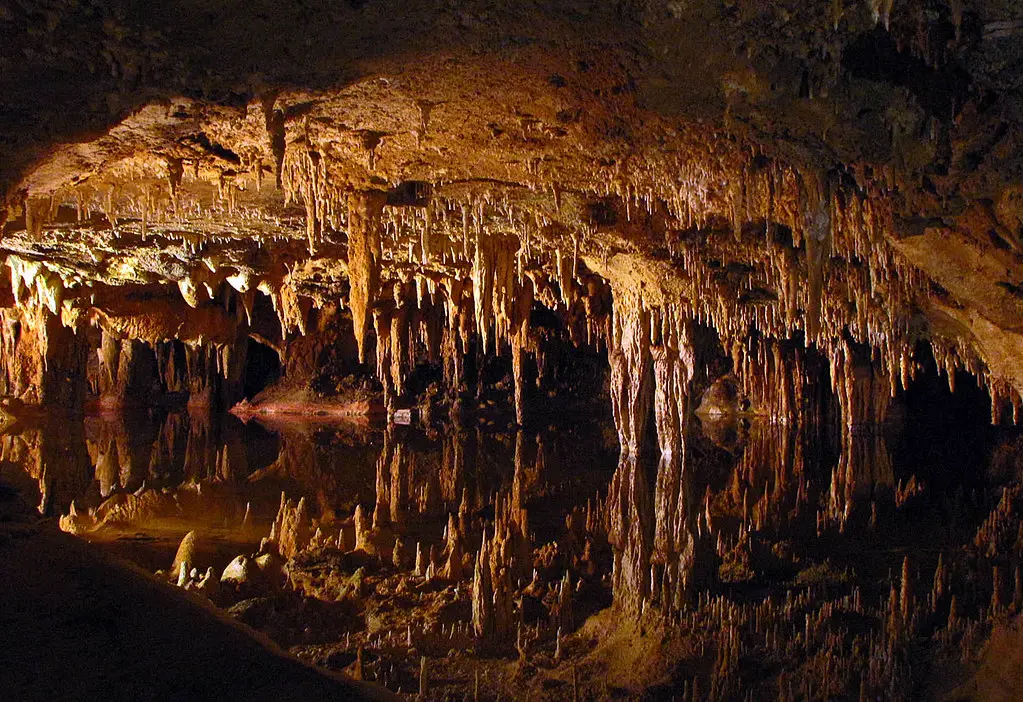
The Luray Caverns, located in Virginia’s Shenandoah Valley, once attracted thousands of visitors with its stunning underground formations. The caverns were discovered in 1878, and quickly became a major tourist destination in the United States. People flocked to see the sparkling stalactites and stalagmites, with the caverns being touted as one of the natural wonders of the country.
While the Luray Caverns remain open to this day, their peak popularity has long passed. The rise of other natural attractions, like those in nearby national parks, has overshadowed the once-famous site. As a result, the caverns no longer draw the massive crowds they once did.
10. The Pike Amusement Park (Long Beach, CA)
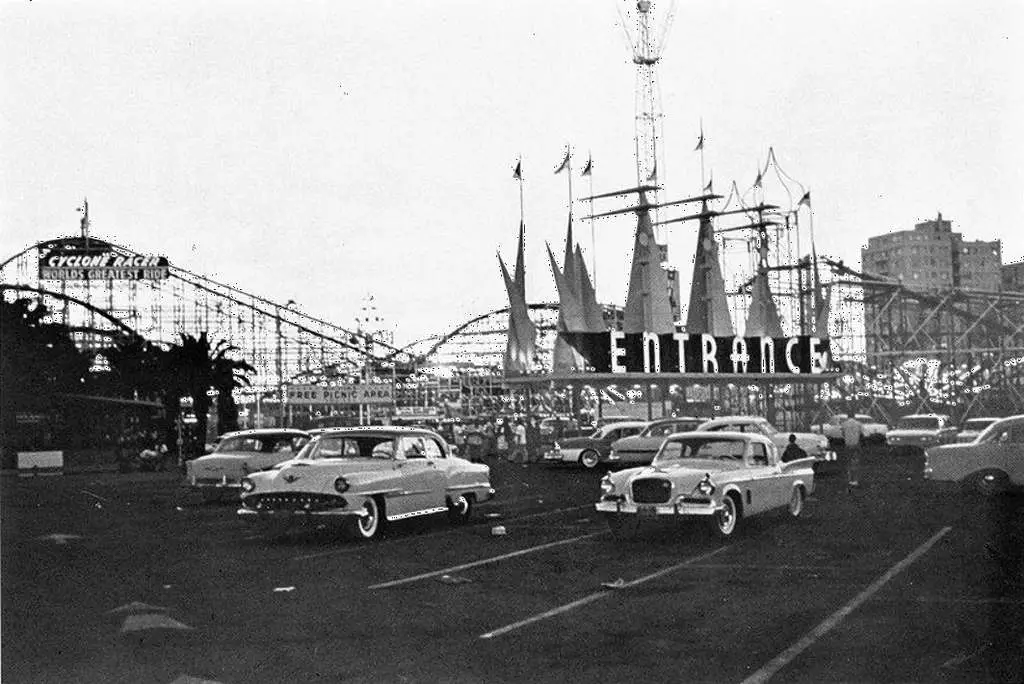
The Pike Amusement Park, located in Long Beach, California, was a popular destination from the 1900s through the mid-1960s. Offering a wide range of rides, including roller coasters and Ferris wheels, it was a beloved attraction for both locals and tourists. The park was particularly known for its giant wooden roller coaster, which was a major draw.
As the years went by, however, the Pike began to show signs of age, and attendance dwindled. The park was eventually demolished in 1979, leaving behind only memories of its once-vibrant atmosphere. Today, the site is home to a shopping center, and the Pike’s legacy lives on only in nostalgia.
11. The Golden Dome (St. Louis, MO)
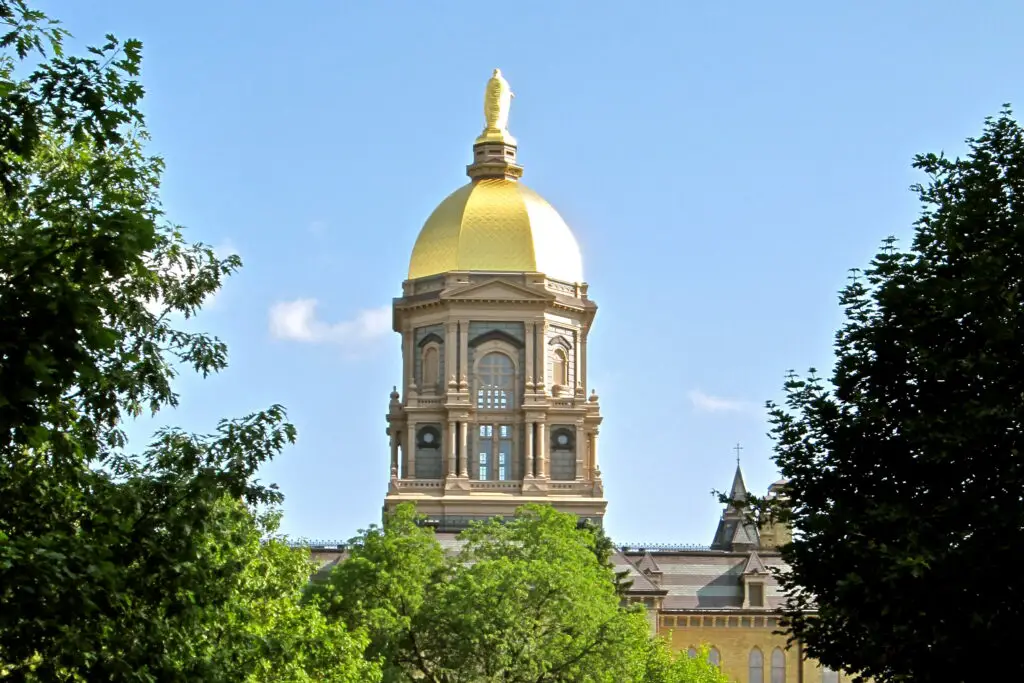
The Golden Dome in St. Louis, Missouri, was once a shining jewel on the city’s skyline. Built in the 1904 World’s Fair, it became a popular symbol of progress and achievement. The dome attracted countless tourists who came to admire its golden hue and grandiose design. Visitors marveled at its architectural beauty and its representation of St. Louis’s forward-thinking spirit.
However, as the city grew and changed, the Golden Dome became increasingly irrelevant. It eventually fell into disrepair, and the once-pristine dome was demolished. Though it once stood proudly as a symbol of St. Louis, it now exists only as a faded chapter in the city’s history.
12. The Big Texan Steak Ranch (Amarillo, TX)
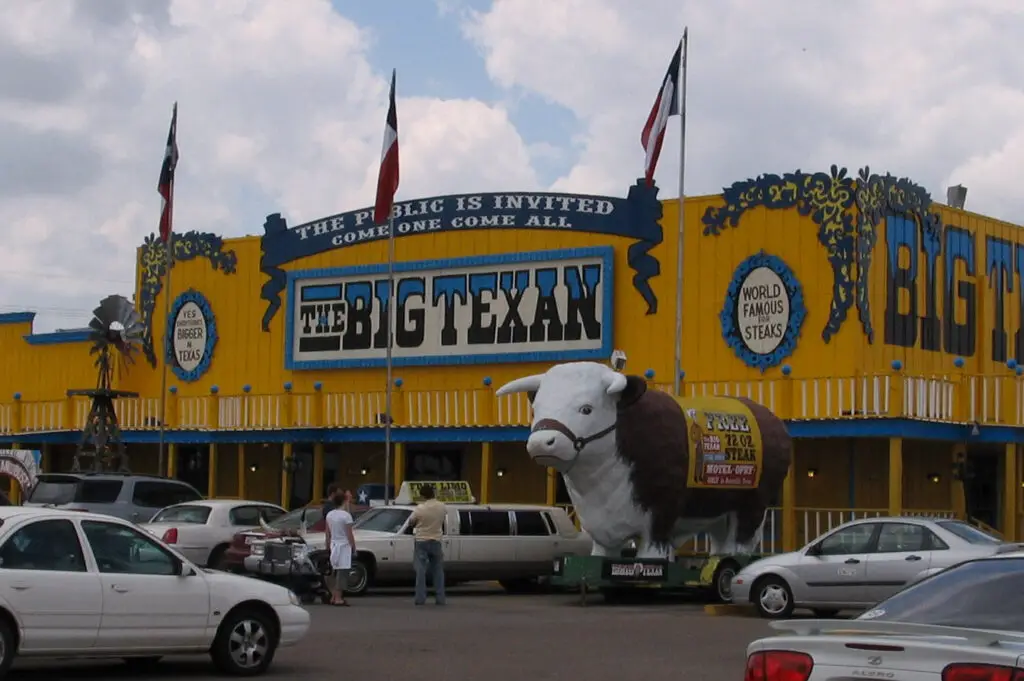
The Big Texan Steak Ranch in Amarillo, Texas, was famous for its 72-ounce steak challenge, where daring diners could eat a massive steak in one sitting for free. The challenge became a popular tourist attraction for those looking to test their appetites. Tourists flocked to the ranch for a taste of Texas hospitality and to see if they could conquer the iconic steak.
Although the Big Texan is still in operation today, its heyday as a tourist magnet has passed. As new eateries and attractions have emerged in Amarillo, fewer travelers are making the trek to the Big Texan. Its once-dominant status as a must-see roadside stop is a thing of the past.
13. The Superdome (New Orleans, LA)
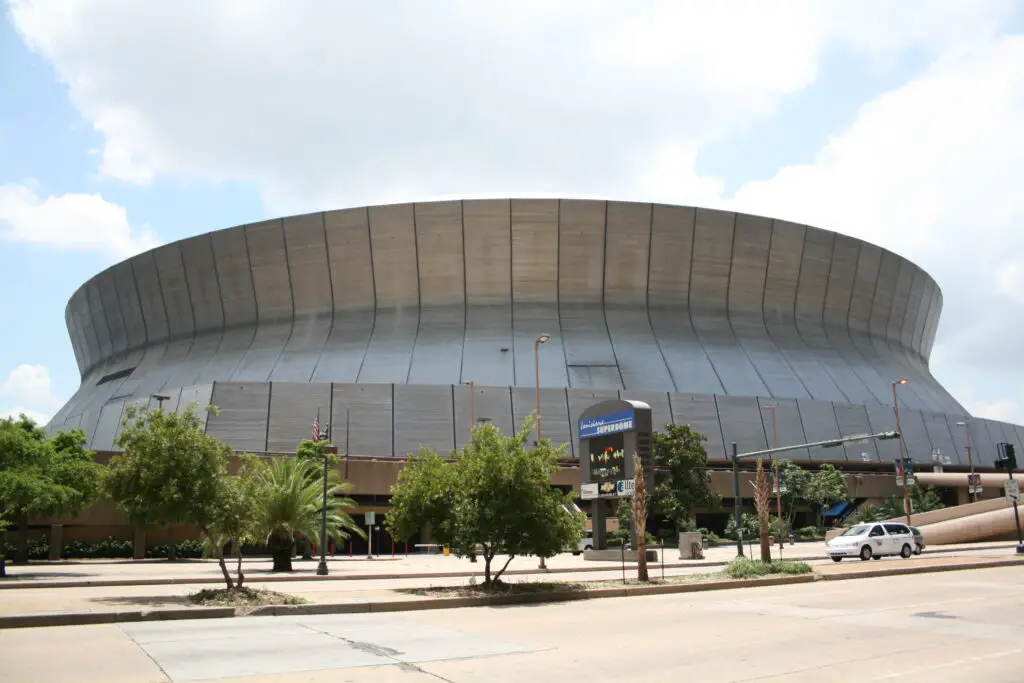
The Superdome in New Orleans was once an iconic stop for visitors to the city, especially for sports fans. The arena hosted countless memorable events, including Super Bowl games, concerts, and cultural celebrations. The stadium was the beating heart of the city’s sports scene, drawing thousands of visitors every year.
However, as new venues opened and the Superdome underwent renovations, its role as a major tourist attraction began to fade. Today, it still serves as a sports and events venue but no longer enjoys the same level of tourist draw it once did. The memories of its glory days remain, but the crowds are not what they used to be.
14. The Coral Castle (Homestead, FL)
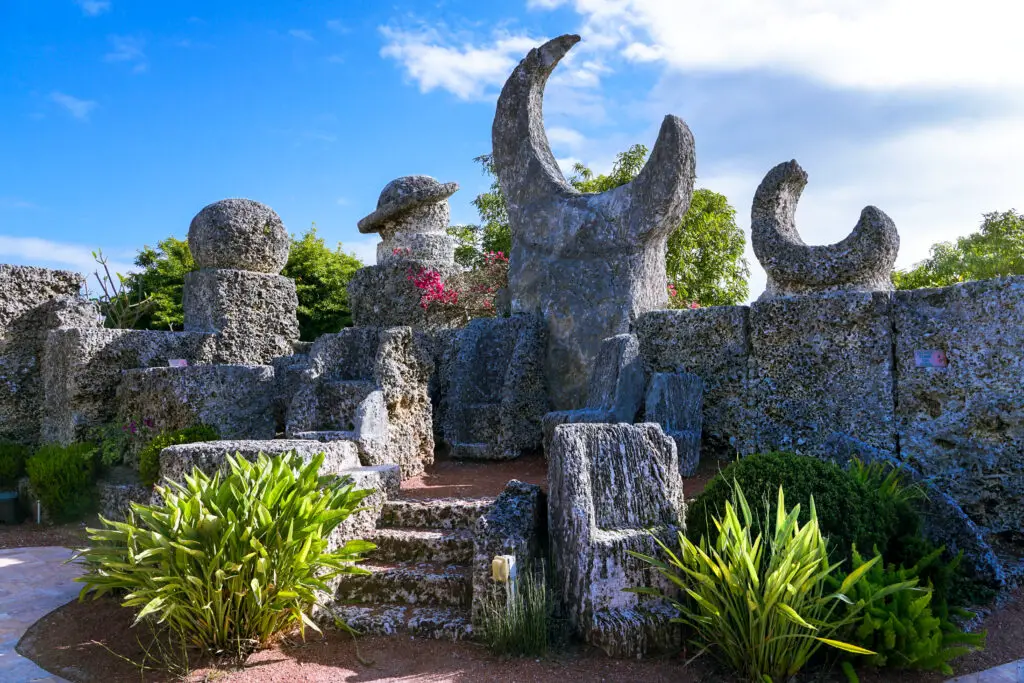
The Coral Castle, built by a single man named Edward Leedskalnin, was once one of Florida’s most unusual tourist spots. The castle, made entirely of coral rock, sparked intrigue for its mysterious construction methods. Visitors came to wonder how Leedskalnin, a solitary figure, could have moved the massive stones without modern machinery.
Over time, the novelty of the Coral Castle faded, and newer, more conventional attractions took center stage in Florida tourism. The castle still draws a small crowd, but its heyday as a must-see tourist destination has passed. It now stands as an eerie relic of the past, far from the tourist magnet it once was.
15. The Expo 67 Pavilions (Montreal, Canada)
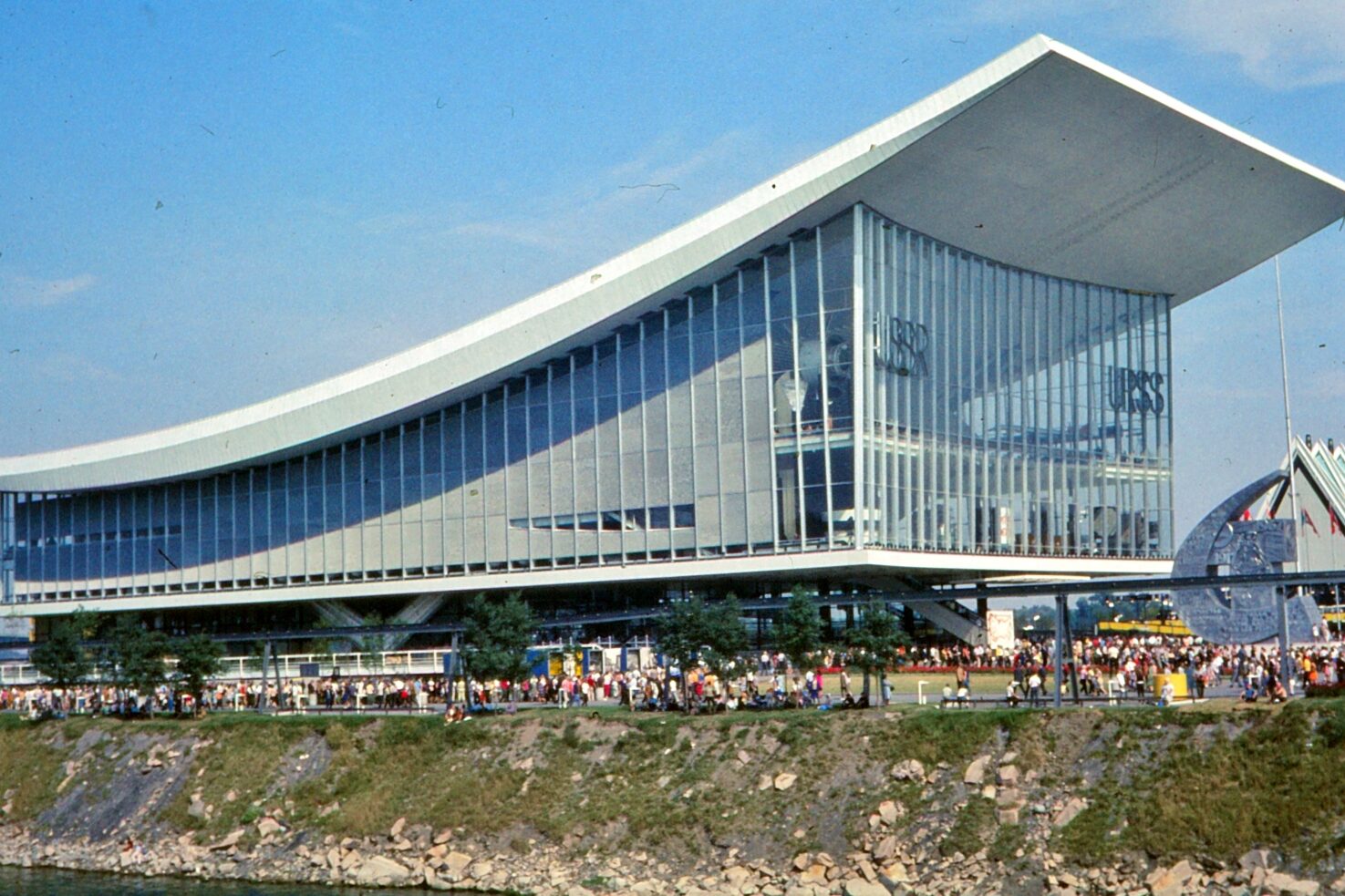
Expo 67 was one of the most spectacular World’s Fairs in history, held in Montreal, Canada. Its pavilions featured some of the most impressive designs ever seen, attracting millions of visitors from across the globe. The event itself was a celebration of technology, culture, and international unity. People marveled at the futuristic buildings and exhibits that seemed to promise a utopian future.
After the event ended, many of the pavilions were abandoned or repurposed, and their original grandeur faded into obscurity. Today, only a few of the Expo 67 structures remain standing, no longer attracting the massive crowds they once did. Though some pavilions have been preserved or adapted, the excitement of the original event is now a distant memory.
16. The French Lick Springs Hotel (French Lick, IN)
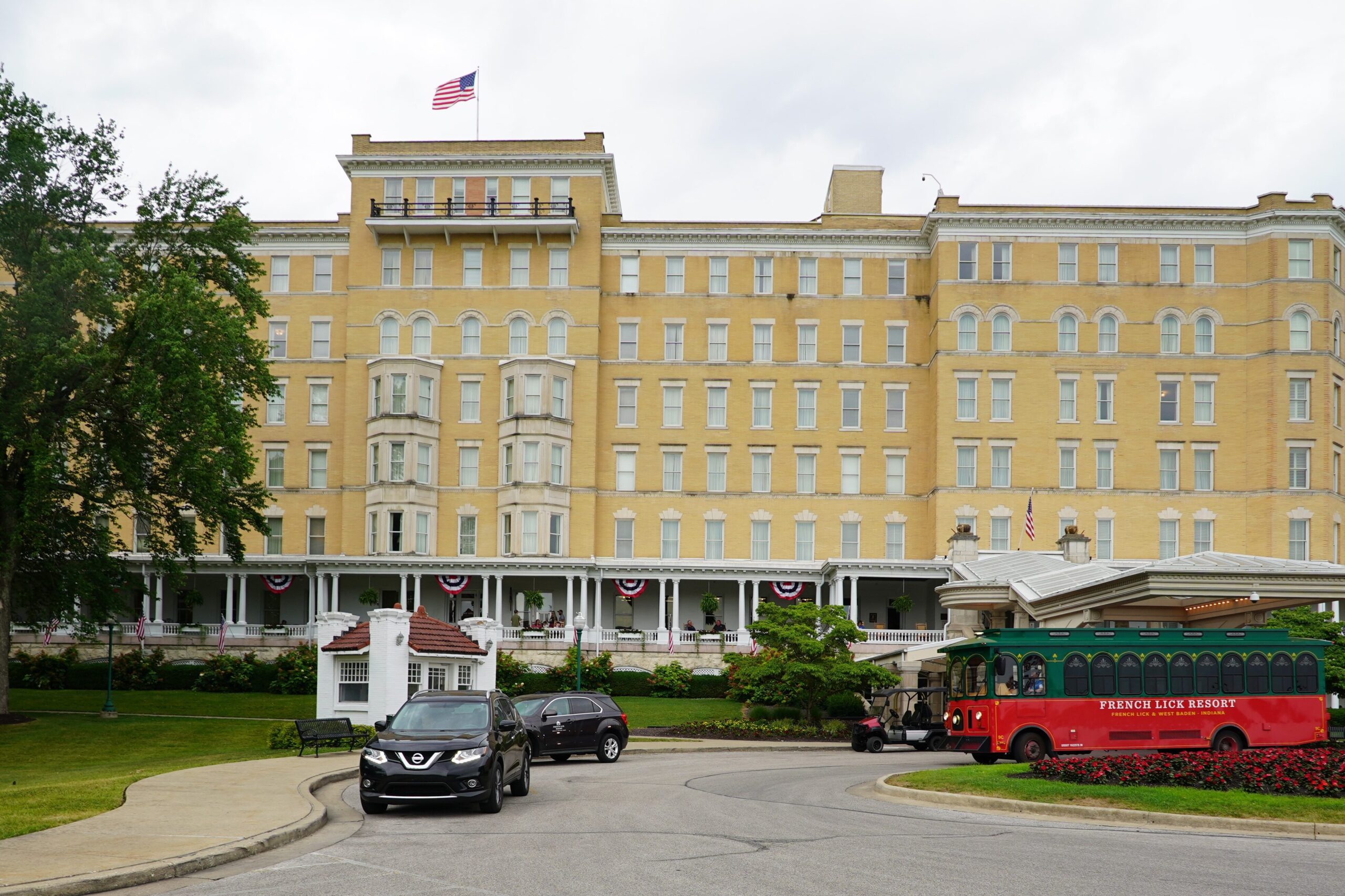
The French Lick Springs Hotel was once a favorite getaway for the rich and famous. Located in the hills of Indiana, the hotel was famous for its mineral springs, which were believed to have healing properties. The lavish resort attracted a constant stream of visitors, eager to take part in its luxurious treatments and enjoy the scenic surroundings.
Though the hotel remained popular for decades, it eventually fell into disrepair and lost its appeal. As the years passed and the allure of other resorts grew, the French Lick Springs Hotel became less of a destination for tourists. Today, it still stands, but it no longer draws the massive crowds it once did.
